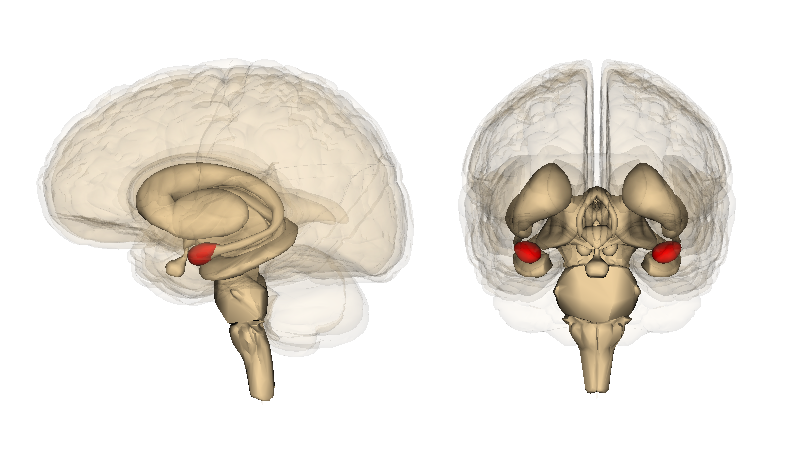New research from The University of Queensland (UQ) illustrates, to a certain extent, why we can take someone at 'face value' and why we develop ‘gut feelings’ about a person within a split-second.
Past research has shown that the amygdala — a small almond-shaped structure in the brain —responds to emotions and threats, but it has been unclear how fast this response arises.
This study, led by Associate Professor Alan Pegna from the UQ School of Psychology, investigated the speed of processing of emotions.

“We know the amygdala responds to emotions but what we weren’t sure how rapidly its action kicks in,” Dr Pegna said.
“To determine the speed of processing we examined the electrical brain response for fearful expressions in people who had had parts of their amygdala removed to alleviate epileptic seizures, as well as healthy individuals with their amygdala intact.
“We found that the amygdala was receiving information about facial expressions within two tenths of a second.
“There was a greater response for fearful faces in healthy participants as well as in individuals whose left amygdala was removed.
“By contrast, the effect was not observed in patients who had their right amygdala resected.
“This result demonstrates that the amygdala produces an early brain response to fearful faces.”
Dr Pegna said that even though the amygdala processed information quickly, awareness took longer.
“We are processing emotions without any awareness and really rapidly, but awareness is taking place slightly later on – it takes around three tenths of a second for us to become aware of what we see,” he said.
“These findings, along with other observations in the literature, show that parts of the brain process emotionally important stimuli very rapidly, and without any awareness by higher-tier brain areas.”
The research team plans to further investigate the role of the amygdala in human emotions and behaviours.
“We would like to explore whether this effect is observed for other types of threatening stimuli, such as body postures, looming stimuli, etc, and whether it has any repercussions on day-to-day behaviour,” Dr Pegna said.
The research is published in Nature Scientific Reports. (DOI: 10.1038/s41598-020-80054-1)



